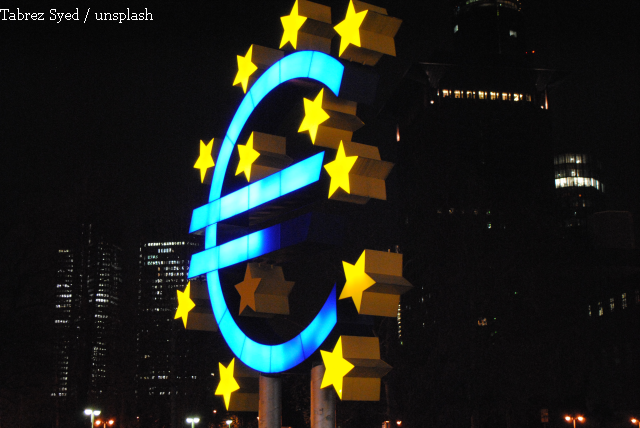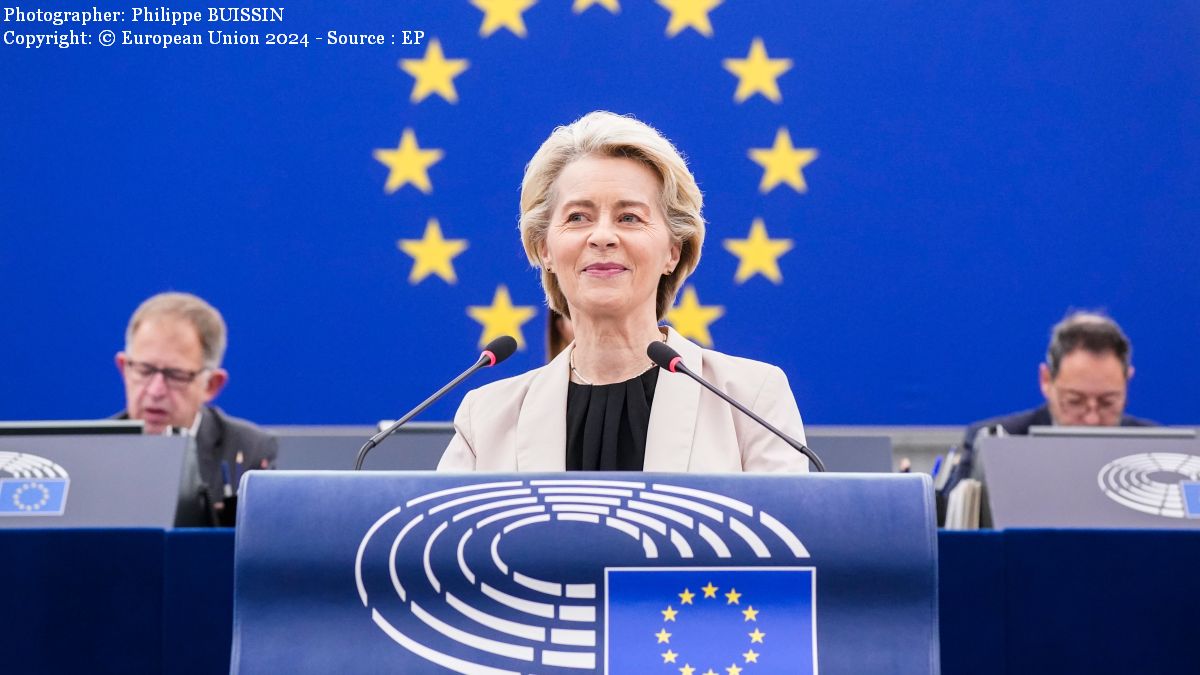An X-ray of the Job Market
The rate of occupancy on the EU job market had reached in 2019 the historic high of 73.9% among people between 20 and 64 years of age
Warning: Trying to access array offset on null in /home/web/rri.ro/public/wp-content/themes/rri/template-parts/content.php on line 53

Warning: Trying to access array offset on null in /home/web/rri.ro/public/wp-content/themes/rri/template-parts/content.php on line 98
Corina Cristea,
03.06.2022, 02:26
The rate of occupancy on the EU job market had reached in 2019 the historic high of 73.9% among people between 20 and 64 years of age, and economic prospects indicated that, by maintaining pace, the ambitious rate of 75% would be reached, as set in the Europa 2020 Strategy.
What was the outlook on the job market at that time? As described in the Report on Living and Working Conditions in Europe, the job market X-ray showed that, since 2014, the number of jobs vanishing annually was overtaken by the number of newly created jobs, according to restructuring announced by companies. The pattern identified by sector, in the case of restructuring in large companies, shows a strong veer towards IT and communications technologies. According to figures, over 70% of EU jobs were in the service industry, which held 90% of new jobs. In the large segment called ‘other private services’, which includes IT&C, business consultancy, real estate, hotels and restaurants, we find the largest number of jobs created in 2018. The restructuring announced in the financial services sector, strongly affected by the 2008 crisis, meant that most often, some jobs disappearing make way for new types of jobs, which are fewer and more digitized. The processing industry in 2018 added a significant number of jobs, although occupancy in this industry is in decline in developed economies. According to data, the industry added two million new jobs between 2013 and 2018, in spite of the fact that the restructuring announcements indicated major job losses.
The document also shows that the differences between capitals and the other regions have deepened in Europe, which is reflected in the growing contribution that capitals bring to the GDP of countries. Another thing that emerged is that almost half of the jobs in EU capital cities are better paid jobs, safer, and with better working conditions. Still, they represent only 30 to 35% in the rest of regions, as an average at the level of the union. The discrepancies are highest in some states, among them Romania, Bulgaria, and Croatia. The trends in these directions have held after 2019 too, but the COVID crisis brought the unemployment rate higher in many states. That includes Romania, where the worst hit region was the north east. In this area, which is avoided by industrial investors because of the poor transportation infrastructure, jobs are often fragile, in companies sensitive to major changes in the external environment. According to national statistics on unemployment, the difference between the second quarter of 2019 and the same quarter in 2021, was 4.4%, from 1.8 to 6.2%.
The most recent official data shows that the rate of unemployment in late April of 2022 was 2.57%, a drop from March. According to the National Agency for Job Occupancy, the number of unemployed was over 224,000 over the mentioned period. Here is economic analyst Constantin Rudnitchi:
“Statistics show that a bit over 200,000 people are so-called ‘inactive’, because they either don’t look for work, or do and don’t find it. Which is surely a significant signal, because it shows that we are in a bit of a paradox. On the one hand, companies say they need workhands, on the other there is available work force, but it doesn’t meet the demand on the job market. In Romania, in spite of appearance, and in spite of the fact that many Romanians are out of the country, there is a layer of people who don’t actually work, because they don’t want to, cannot, or they can’t find a job. At the same time, statistics show that some people are under-employed, which means that they work part-time, and could prolong their working hours, but probably their employer doesn’t offer them the opportunity. They could also get a second job. I think that these data show that in Romania the workforce is underutilized.
Like other countries, Romania faces a labor shortage in certain areas, mostly because of migration. Four million Romanians are officially listed as working outside the country, in the EU, but this figure could in fact be around 5 million, because some Romanians do not work officially. The main reason Romanians leave the country, especially those with a job that requires little or no qualification, is the higher salaries they can get in states in Western Europe. However, for doctors or IT workers, and other highly qualified workers, the main reasons are different. They want high quality education and public services, according to experts. No matter the motivation, the fact that they leave the country permanently, along with the seasonal workers, means that Romania has a job market vulnerability. According to business estimates, right now the additional workhands needed in the economy is between 600,000 and 800,000. It is also estimated that retraining people should be decentralized at the county and branch of industry level, so that, once labor shortage is signaled for a certain type of jobs, state institutions can move faster.





























